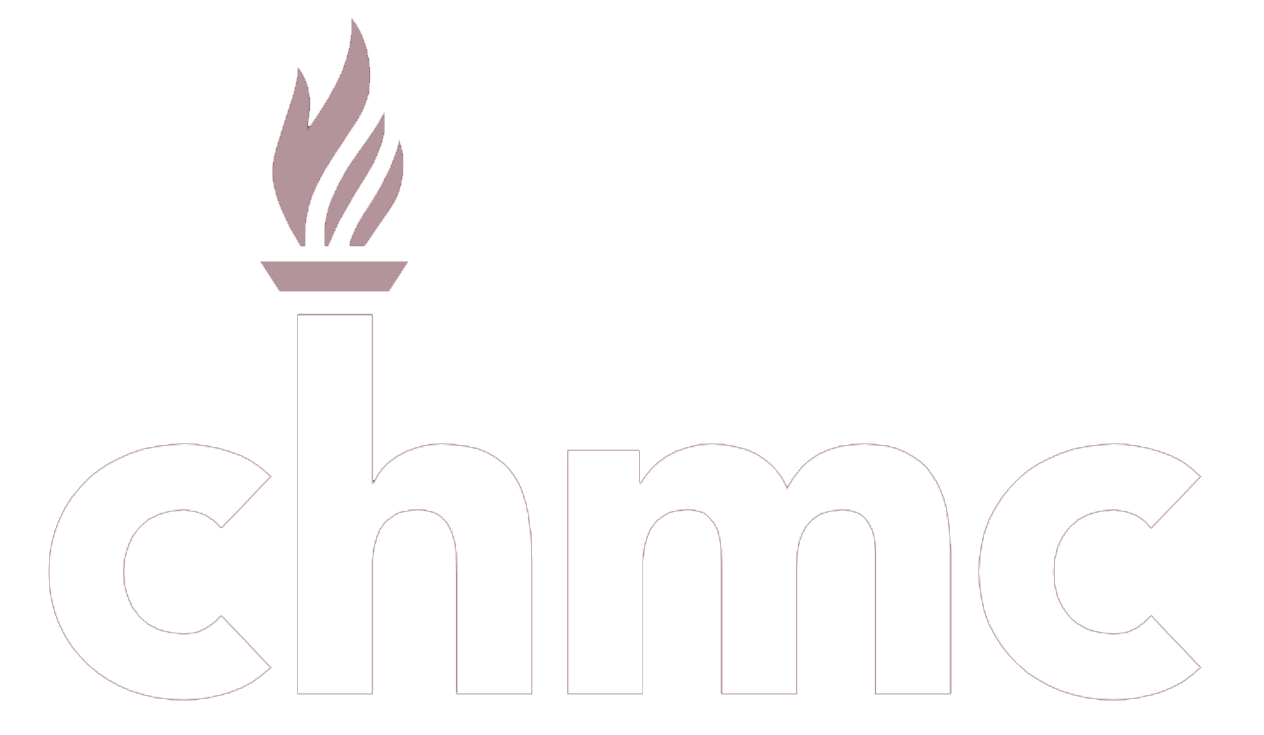Last month, César Melgoza, founder and chief executive officer of Geoscape, and board member of the Florida State University Center for Hispanic Marketing Communications, invited several staff members of the Center to attend the 11th Annual New Mainstream Business Summit. This multicultural conference is the premier event on obtaining access to high growth consumers and businesses from diverse cultures such as Hispanic, Asian, African-American and LGBT communities.
At the summit, we discovered helpful insights into the LGBT market, one of America’s highest-spending markets.
LGBT consumers are one of America’s least understood niches, even though the total buying power of the U.S. LGBT adult population is currently estimated at $830 billion, according to Witeck Communications. The reason the LGBT consumer market has not been well understood yet because it is often associated with stereotypes and prejudices. If marketers want to look at generalizations, they should know that these misconceptions will not be stable over time.
Today, the rise of the LGBT community, its increasing worldwide acceptance, and their growing purchasing power, has forced corporations to change their marketing strategies to compete for the LGBT niche market. But, before engaging this DINK (double income, no kids) consumer, it’s important for companies that are seeking to have exponentially increased sales to learn more about the LGBT community.
LGBT stands for lesbian, gay, bisexual, and transgender. The LGBT movement uses the rainbow flag to symbolize diversity, with hot pink representing sexuality, red for life, orange for healing, yellow for the sun, green for nature, turquoise blue for art, and indigo for harmony. According to Community Marketing Inc., 57% of gay men and 65% of lesbians use the rainbow flag.
A nationwide Gallup survey estimates that 3.4% of the U.S. adult population has identified as LGBT, which is approximately 9 million people. Among that number, 76% are gay men and 87% lesbians, according to Community Marketing Inc. An estimated 7.7 households out 1,000 are same-sex couples in the U.S.
The LGBT community is a significant contributor to the U.S. economy. The buying power of same-sex partnered households is significant when compared to the average U.S. household, which offers considerable opportunities to manufacturers and retailers that are able to satisfy the need states of these consumers, according to Nielsen.
Data points out that 75% of LGBT are living in DINK households.
“If you are with a company that is looking to market to a community with traditionally more disposable income, then the LGBT market is something you should consider,” says Jeen T. Grace, LGBT marketing and communications expert.
According to Grace, if you put in perspective the LGBT buying power with the top four niche segments, LGBT consumers have four times the buying power per person than Hispanics and African Americans, and double the buying power of Asian Americans. So while LGBT Americans are the smallest sized based on actual population, they have two to four times more buying power that their diverse counterparts. ADD GRAPHIC
What marketers need to know about LGBT adults is that are loyal consumers that shop more consistently, spend a larger amount, and feel positive about the shopping experience. Numbers show that 70% of LGBT adults would pay for a premium product from a company that supports the LGBT community. Also, 74% of them are likely to consider brands that support nonprofits/causes important to LGBT consumers. And 78% of LGBT adults, their friends, family, and relatives would switch to brands that are known to be LGBT-friendly.
A common mistake in engaging an LGBT audience is to assume that the entire LGBT community is a monolith who share the same beliefs, ideas, and values. “If you target everyone, you are not resonating with anyone,” Grace says. Each individual within the LGBT community should be treated as a separate target market. Marketers should use different strategies for each segment of the LGBT community and do not stereotype.
The better you understand your LGBT customer, the faster your business will grow. You can start by refining your target market, and create a detailed knowledge of who your current clients are. Are they professionals in their late 30s? Are they college-educated women? Are they married men? Are they childless? Go through your client database and find out how they are part (or not part) of the LGBT community. If you do not really know your current clients, create a short survey for your current client base to reach potential LGBT audience.
Once you identify your potential LGBT market, make sure everyone in your company is trained on how to work with an LGBT client. The bottom-line impact of poor communications can be the kiss of death in your LGBT marketing outreach. Grace helped us to identify the three biggest faux pas and their damaging effects.
- Insinuations about LGBTs. The first, and major, faux pas that can damage the bottom-line is to insinuate that being LGBT is a choice. Grace suggests avoiding the use of phrases such as “gay lifestyle” or “living the gay lifestyle”. (A good example of the good use of a lifestyle is “healthy lifestyle”, “active lifestyle”, etc.)
- Gender Assumption. Do not assume the gender of one’s spouse. It creates unnecessary awkwardness and could result in a lost sale.
- Politically incorrect words/phrases. The third is to insinuate that LGBTs have “alternative lifestyles” or are a “non-traditional family”. This is often seen in financial industry materials, even if the “traditional family” is on the decline.
Marketers can no longer ignore LGBT consumers, and the predominance of this community is transforming the pop culture conversation. What once was a taboo subject is now part of mainstream discourse. There are big business opportunities for any corporation to expand and grow their business with the LGBT market, which is still largely unexplored.

